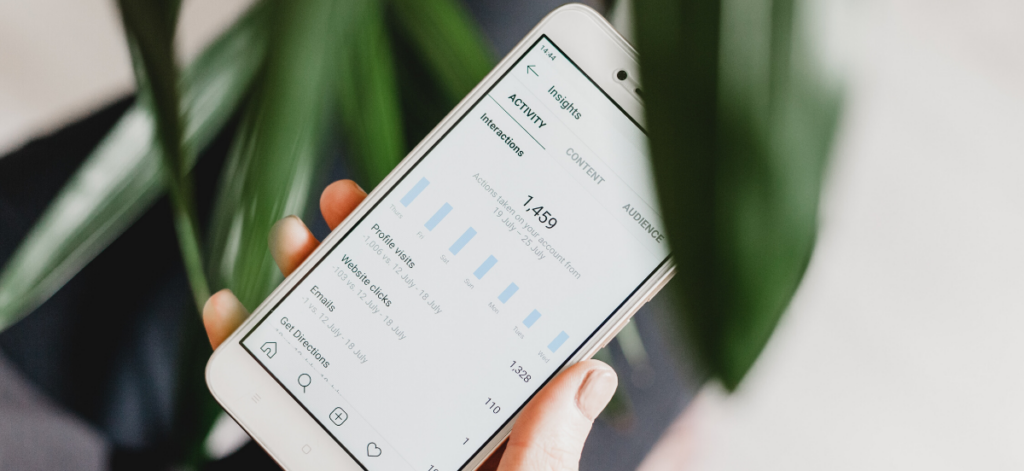Influencer marketing is a whole new world, but it’s one that’s proving extremely effective. Still, brands must toe the line between promoting their product or service, while remaining trustworthy to their audience (and that of the influencer).
Influencer marketing is multi-faceted. There are a number of things you need to keep in mind if you’re to see success. Likewise, there are practices you need to avoid. So in this post, we’re counting down the 5 most common mistakes that brands make when entering the world of influencer marketing.
1. Selecting the wrong influencers
The influencer with the most followers isn’t necessarily your best option. Look at who their audience is, and check that their interests and behaviours in the market align with your brand efforts. It’s not about reaching many people, it’s about reaching the ones that will become your customers.
Also, take a look at the influencer’s activity. Does their tone of voice match your brand’s? Do they tend to be controversial online? Ask around – have they acted professionally with other brands in the past?
2. Prioritising influencer reach over engagement
If you’re looking to broadcast a marketing message for brand awareness (and you have a substantial budget) then Reach might well be the metric you’re looking to grow.
But if you’re looking to make the most of influencer marketing, the chances are that you want to target a specific audience. You’ll want to reach those that might be interested in your product or service. You’ll want them to take an action (sign up, visit your site or actually buy something).
In this case, it’s Engagement you’re after. Having actual people in your target audience stop for a second to engage with content about your brand. Collaborating with an influencer that aligns with your brand is important here. They’re the ones that have the actual influence over your target audience to get potential customers to your door through real likes, comments and clicks.

3. Unclear KPI goals
How do you measure the effectiveness of an influencer marketing campaign?
If you’re using influencers to build awareness and brand your offering (rather than creating instant sales) it might be hard to gauge whether or not you’re getting a return on your investment.
During the planning stages, it’s important to define the KPIs (key performance indicators) that are important for this promotion. Once you’ve defined them for yourself, make them clear to your influencer. You could set a target for the number of video views they obtain, or the number of visits to your website, or the number of entries into the giveaway they’re hosting for you, for instance.
This allows you to not only set expectations with your influencer but also communicate the correct reporting and numbers you need from them once the campaign ends. Keep in mind that most influencers are not marketing experts. They may need some guidance on how to access the data you need for your reporting (i.e. Google Analytics, Instagram Insights, etc.).

4. Not enforcing social platform rules
2016 was a big year for influencer marketing. We saw several cases where the Federal Trade Commission (FTC) went after advertisers who used influencers in their marketing efforts. The reason was that they failed to be transparent about the nature of the relationship. Huge companies were heavily fined, and clear rules were set for compliance guidelines for paid social ads.
Basically, if you’re paying someone to advertise your product on your behalf, that needs to be transparent. Influencers should mark their posts as “Paid Sponsorships” or “Brand Collaborations”. This makes it clear to their audience that they’re getting paid to do this.
How do you stick to the rules?
It’s always best to consult your legal team to ensure your influencer marketing efforts abide by the applicable laws and guidelines. This ranges everywhere from “clear and conspicuous” disclosures of the material connection (between brand and influencer) to other elements that may lie in the fine print in some cases.
Don’t downplay the importance of keeping your bases covered on this front – it’s not worth the fallout for you, or for the influencers you work with.

5. Running one-off campaigns too often
If you’re hoping to start an influencer campaign to see your sales skyrocket from a single post, you’re going to be disappointed.
While super-celebrities like Kylie Jenner can give you an instant sales spike, that comes at a hefty cost. It’s not a tactic that most brands can afford. Besides – a single post, regardless of who is sharing it – still isn’t enough to move a customer to convert. Especially if they’ve never heard of you before.
Successful influencer marketing campaigns are the ones built on a foundation of trust. We’re talking about trust between the influencer and their audience in relation to your brand. They should be viewed as long-term relationships rather than one-offs.
So what’s the best approach?
Your best approach would be to identify the influencers you wish to work with and begin to build a strong, personal relationship with them. This will allow you to cultivate a stronger connection between your brand and the influencer. This in turn helps the influencer to build a connection between their audience and your brand.
As is true in many aspects of marketing and PR, there’s something to be said about the power of relationships.
So there you have it! The 5 most common mistakes that brands make when looking for success with influencer marketing. Best of luck in navigating this relatively new and exciting world of marketing.
And remember, we’re here to help! Drop us a message if you’d like to find out about our services in the area.






